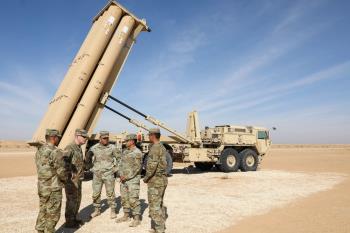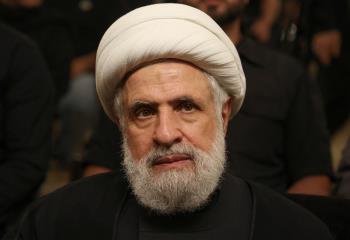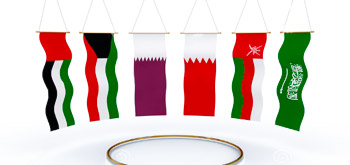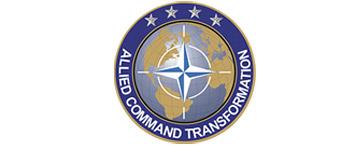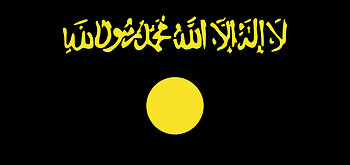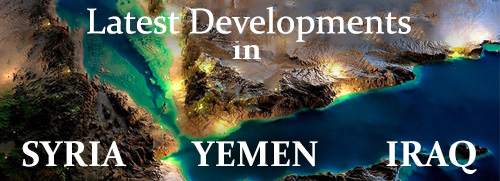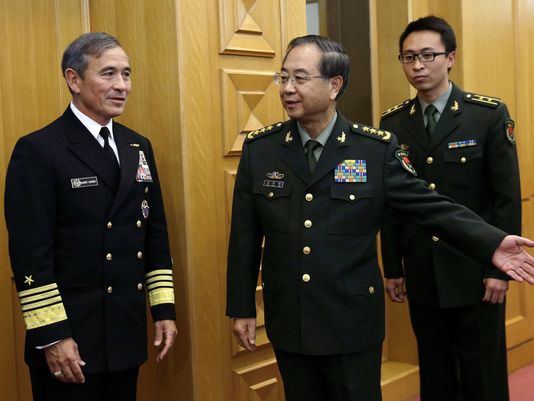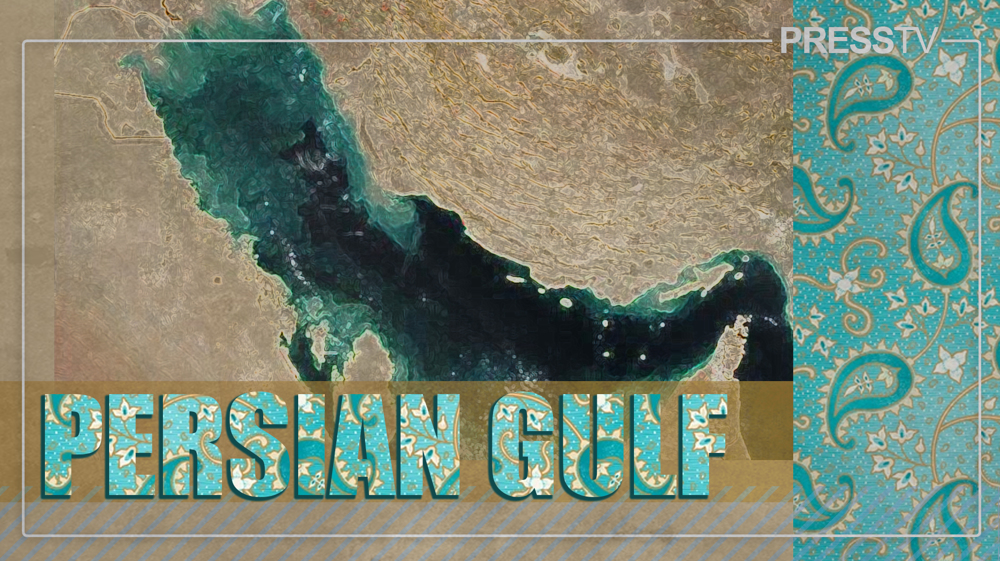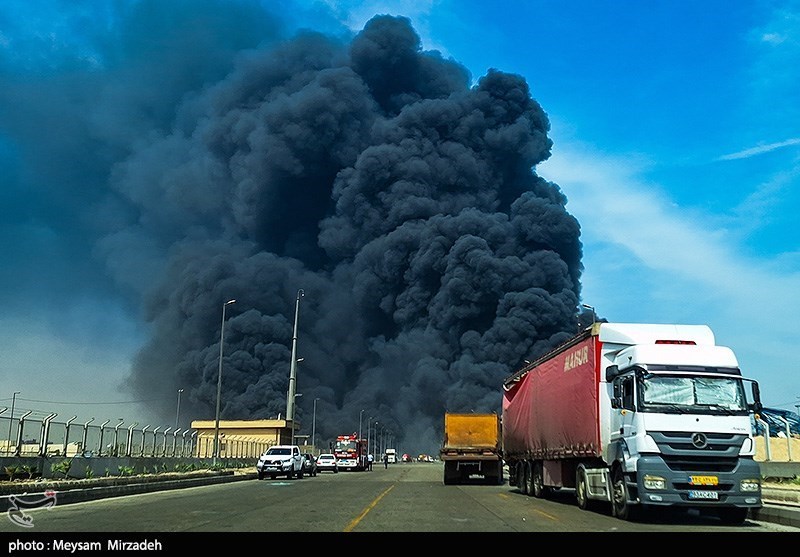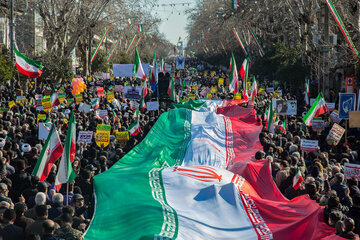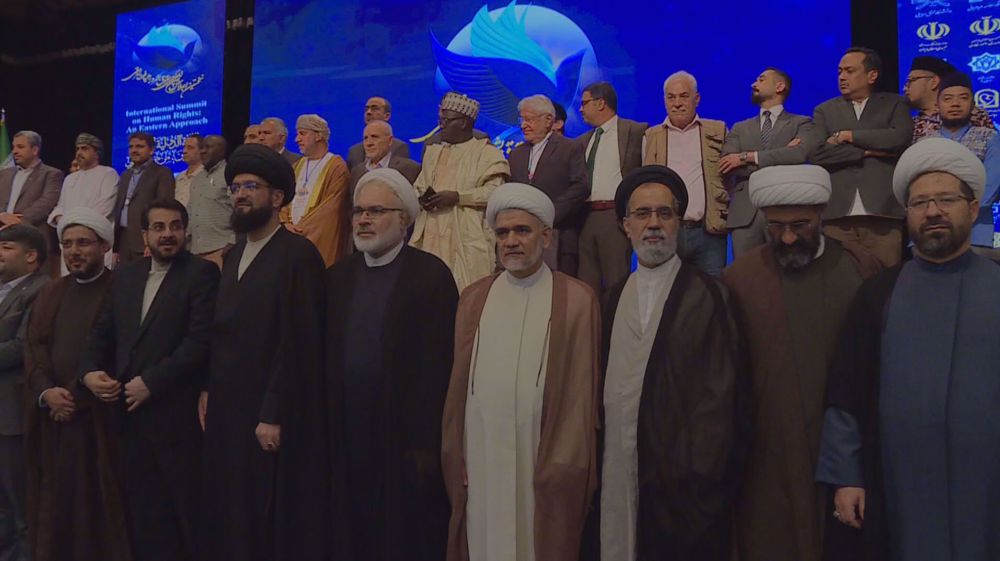Alwaght- Washington seeks cooperation with Delhi to counterbalance Beijing’s rise as a maritime power.
In a recent speech in New Delhi, commander of the US Pacific Command, Adm. Harry B. Harris, Jr., said Washington is looking to garner more support from India and other regional players to continue the so-called freedom-of-navigation patrols in the Indian Ocean and the South China Sea.
"In the not too distant future, American and Indian Navy vessels steaming together will become a common and welcome sight throughout Indo-Asia-Pacific waters,” he said, adding “as we work together to maintain freedom of the seas for all nations.”
Two days after the top American Admiral invited India to join a four-nation grouping to patrol areas like the South China Sea, New Delhi has out rightly rejected the idea saying it has so far not considered it.
However, Growing concern over China and its naval activity in India's back yard — the vast Indian Ocean — have brought the two once-distant militaries closer than ever before.
Despite years of mistrust — during the Cold War and over U.S. support of Pakistan, India holds more military exercises with America than with any other country, and the two allies are working to expand their cooperation.
Washington seeks to increase its reach in the region with freedom-of-navigation patrols to counter Beijing in the South China Sea. Delhi has expressed its concerns over some Beijing's measures and deployed four warships to the area for maneuvers last month but has generally moved with caution to avoid antagonizing its mighty neighbor and key economic partner.
Indian navy officials have reported sighting Chinese submarines four times every three months on an average basis, with most of the sightings being registered near India's Andamans and Nicobar islands in the vicinity of the Malacca Straits.
More than 80 percent of China's fuel supplies pass through this entry to the South China Sea.
As part of their new naval cooperation against Chinese subs, America and India are flying the new version of the US P-8 spy aircraft, which is the Pentagon’s most effective submarine hunting weapon.
The P-8 or Poseidon is capable of using torpedoes, depth charges, SLAM-ER missiles, Harpoon anti-ship missiles and other weapons.
US-India military ties experienced a near-blackout after India performed a series of nuclear tests in 1998. Relations improved after then President Bill Clinton visited India in 2000. The countries reached a historic agreement on civil nuclear cooperation in 2008.
The mutual cooperation, however, is expected to get a boost as Indian Prime Minister Narendra Modi is due in US on Monday to meet President Barack Obama and address Congress.

